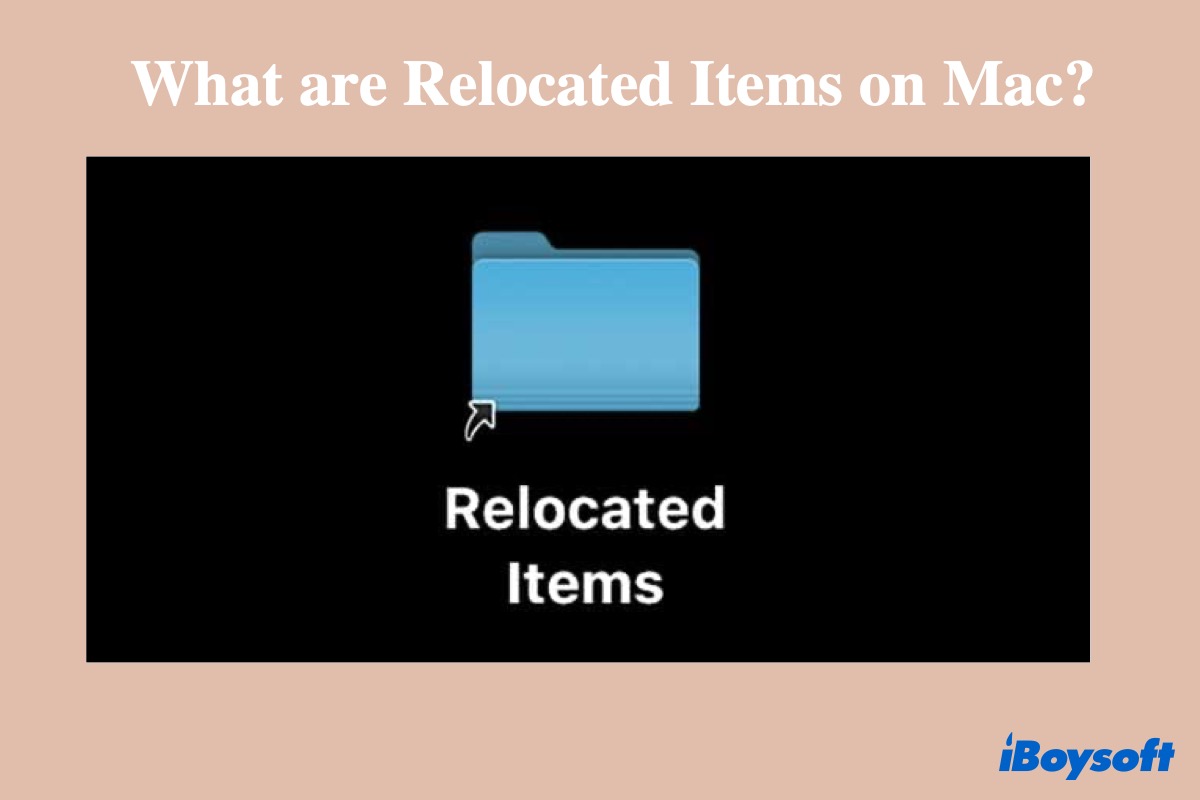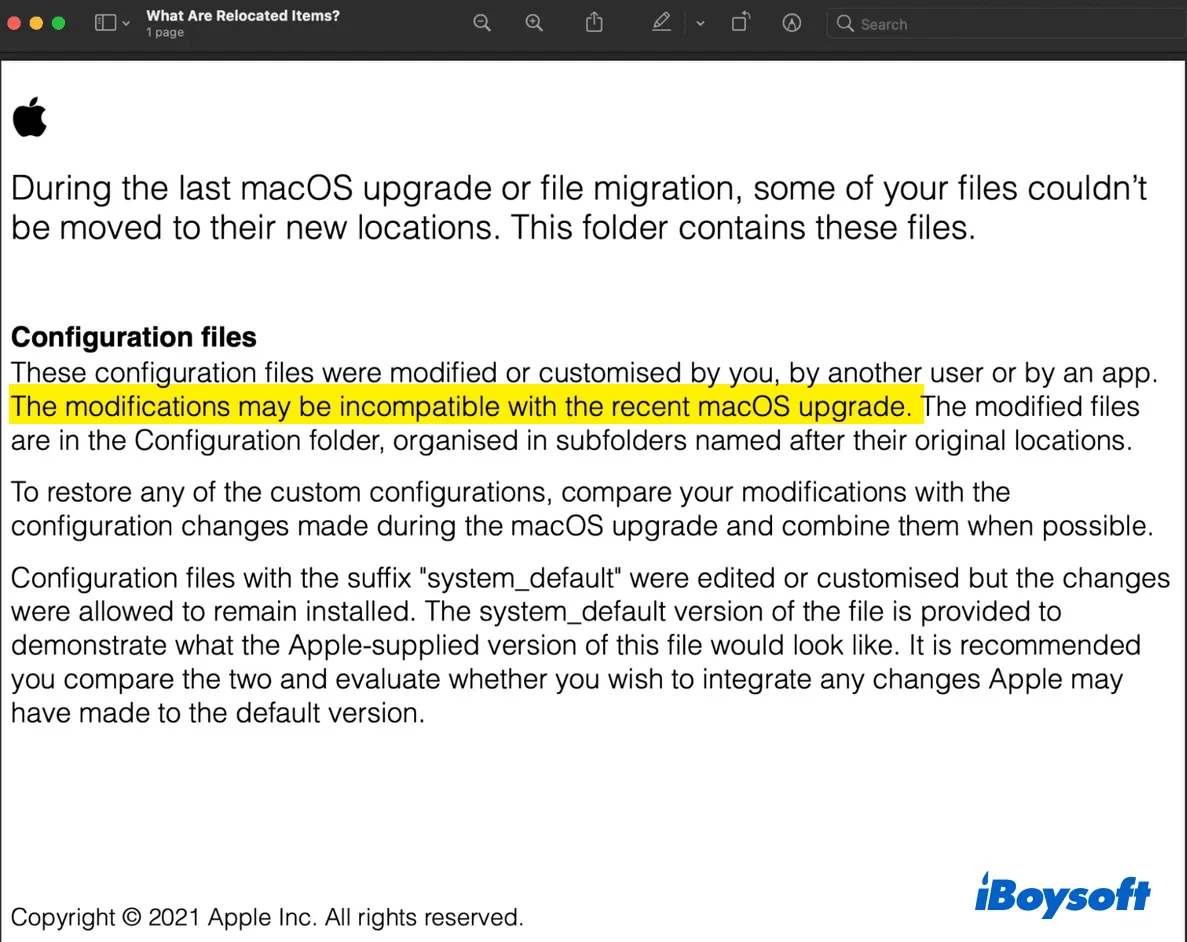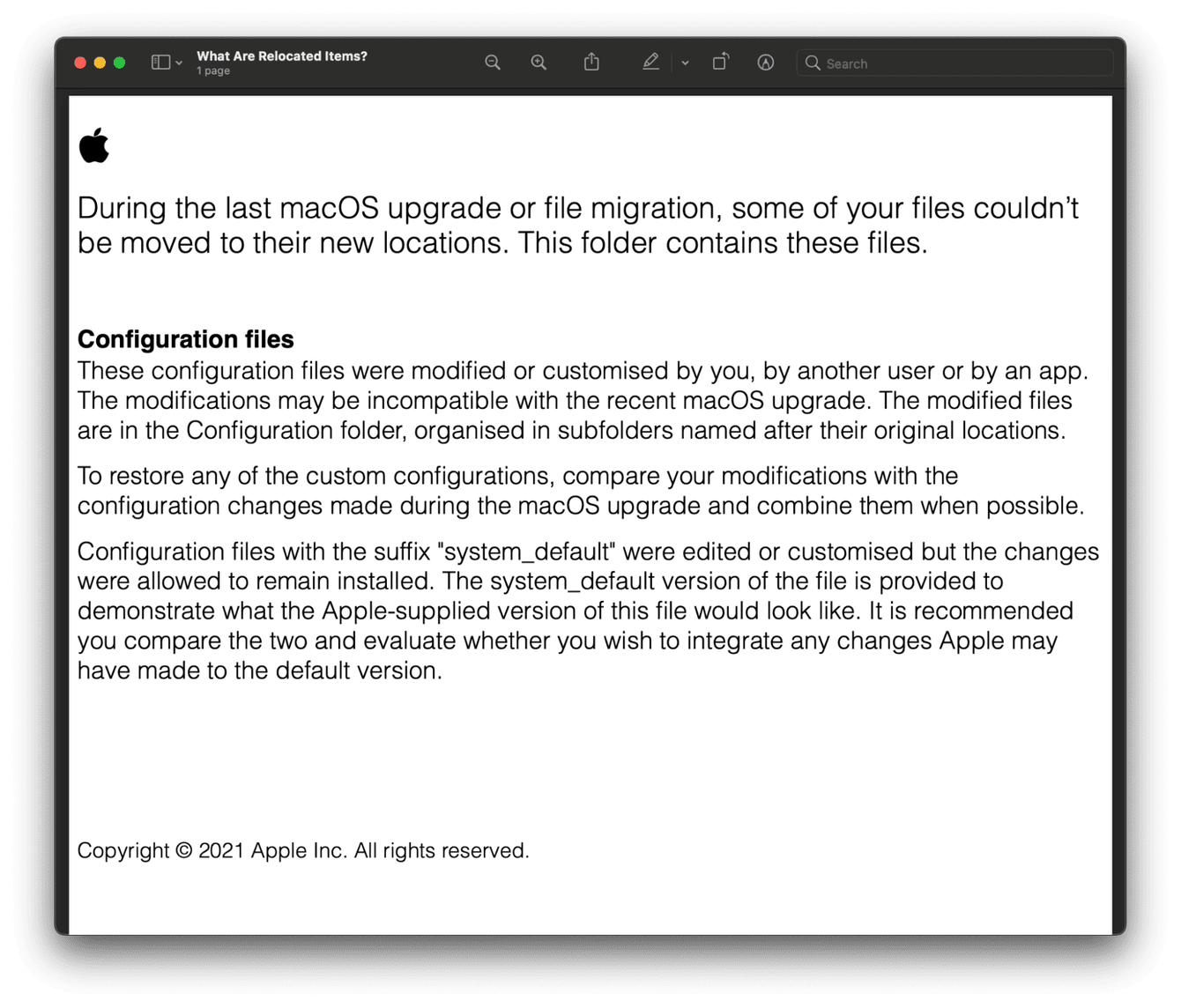Understanding Relocated Items: Adapting To Change In Our Digital And Community Lives
Things move, don't they? It's a simple fact of life, and it's something we all experience, whether we're talking about physical objects or, perhaps, the less tangible parts of our daily routines. Just think about it, the idea of "relocated items" touches so many aspects of how we live and interact with the world around us. It's not just about packing boxes, you know; it's also about changes in our digital tools and even how our communities come together.
This idea of items moving or changing their place, in a way, really shapes our experiences. We see it when our favorite apps update, or when the way we connect with groups shifts. It's a constant, and, well, sometimes it can feel a little confusing to keep up. But, understanding these shifts, that's really the key to staying connected and making the most of what's available.
Today, we're going to explore what "relocated items" means in a broader sense, looking at how things change in our digital spaces and within our local communities. We'll talk about adapting to these changes and finding new ways to engage, which, you know, is pretty important in our busy lives right now, October 26, 2023.
Table of Contents
- Digital Shifts: Apps and Operating Systems
- Community Connections: Finding Your Place Anew
- Embracing Change and New Opportunities
- Frequently Asked Questions About Relocated Items
- Staying Connected in a Changing World
Digital Shifts: Apps and Operating Systems
When we talk about "relocated items" in the digital world, it often means software, apps, or even entire operating systems that have moved or changed their primary location of support. Think about the apps on your phone; they aren't static, you know. Developers are always working on updates, and sometimes, those updates mean older versions simply aren't around anymore. This is, in a way, a very common form of digital relocation.
The Evolution of Apps and Devices
Consider, for instance, what happens with app developers. Many of them, as a matter of fact, have moved their applications to work with at least iOS 11 and newer versions. This means that older app versions, those made for iOS 10 and earlier, have been removed from Apple's iOS ecosystem. So, if you had an older device, those specific app versions might just not be available for you anymore. It's a significant shift, and it affects how people use their devices.
This change isn't just about apps, either. Operating systems themselves go through similar processes. For example, there are lists of all the over-the-air (OTA) updates for the iPad on iOS 9.0, and you can find more specific OTA updates for different iPad models. These updates, you know, represent a kind of movement, a progression of the software. Each new version is, in a sense, a relocation of the system's capabilities and features.
We see this with the firmware, too. There are, for instance, comprehensive lists of all firmware for iPad on iOS 9.x. These files are the core software that makes your device run, and they also get updated, which means the "brain" of your device is always, more or less, moving to a newer, hopefully better, version. It's a constant process of digital items relocating to newer forms.
Managing Older Technology
What happens when devices can't keep up with these relocated items? Well, you might find yourself with what some would call a "pretty useless iPad" now, depending on its age. For example, the iPad 2, iPad 3, and the original iPad Mini can only be updated to iOS 9.3.5 for Wi-Fi only models, or iOS 9.3.6 for Wi-Fi and cellular models. Apple, as a matter of fact, ended update support for these particular models a while ago.
This means that while the software has, in a way, relocated to newer versions like iOS 11 and beyond, these older devices are left behind. They can't access the latest apps or features, and that's a very real consequence of digital items moving forward. Understanding this helps us manage our expectations for older gadgets, and, you know, plan for when it's time to consider an upgrade.
When you download iOS IPSW files, say for an iPad 3 (GSM), you choose a specific file like `ipad3,2_9.0_13a340_restore.ipsw`. These files allow you to restore your device to a particular iOS version. It's a way of, in a sense, manually placing a specific version of the operating system back onto your device, which is quite a precise process. This, arguably, highlights how specific and version-dependent digital items can be.
The updates themselves, like those for iOS 9, brought significant changes. With that update, your iPhone, iPad, and iPod Touch became more intelligent and proactive, with powerful search and improved Siri features. These were, in a way, new capabilities that relocated the user experience to a higher level of functionality. Learning how to update software, clear storage, and boost performance for a smoother experience is, you know, part of managing these digital transitions.
Community Connections: Finding Your Place Anew
Beyond the digital world, "relocated items" can also describe how our communities and the ways we connect with them change. This isn't about physical buildings moving, but rather how the *experience* of engaging with a community can shift its primary location, often from solely in-person to a mix of in-person and online opportunities. It's a pretty interesting development, actually.
From Physical to Virtual Gatherings
Consider, for example, visiting a church. While coming in person is still a primary way to connect, many organizations have, in a way, relocated some of their outreach efforts to virtual spaces. You might be invited to a virtual visit, either by exploring their website, their Facebook page, or their YouTube channel. This is a clear instance of community engagement relocating from a single physical point to multiple digital platforms.
This shift allows people to connect even if they can't physically be there. It's a way of making the community more accessible, which, you know, is quite important for many people. Munsey Memorial United Methodist Church, located in downtown Johnson City, Tennessee, for instance, emphasizes open hearts, open minds, and open doors. This welcoming spirit, arguably, extends to their virtual presence as well, reaching people wherever they are.
Wesley Memorial United Methodist Church also offers both contemporary and traditional worship services on Sunday mornings, and they have learning opportunities. The availability of these services, perhaps even streamed online, represents a relocation of access. The people of the United Methodist Church, in fact, are putting their faith into action by making disciples of Jesus Christ for the transformation of the world, and digital platforms certainly help extend that reach.
Marvin's Chapel Methodist Church in Johnson City, with its 435 likes and people talking about it online, shows how a church can maintain a digital presence. They describe themselves as welcoming, worshiping, nurturing, and sending. These activities, in some respects, are now supported and even extended through their online interactions, showing a blend of the physical and the virtually relocated community aspects.
Exploring Local Community Resources
When looking for religious organizations in Johnson City, TN, people often check online for reviews, photos, directions, and phone numbers. This is where the information about these "relocated items" – the services and connections – becomes readily available. Websites like Church.org, which is a platform helping you connect with local Christian churches near you, are, in a way, central hubs for finding these community resources.
There are many Methodist churches in Johnson City, TN, and you can find reviews and profiles for places like Cherokee United Methodist Church and East Pine Grove Park United Methodist Church. These listings, you know, help people discover where these communities are located, both physically and in terms of their online presence. It’s a way of mapping out where these valuable community items have settled.
Someone who was on staff at a church 20 years ago and has returned often might notice these changes. The way the church connects with its members and the wider community has, in a way, relocated to include more digital avenues. This shows how places of worship, like many other community groups, adapt to how people seek information and connection in today's world. You can learn more about community engagement strategies on our site, and this helps understand the broader picture.
The shift to virtual visits, exploring websites, Facebook pages, or YouTube channels, is a very practical example of how community engagement has, in a way, relocated. It's not just about a physical building anymore; it's about the various points of contact available to someone looking to connect. This means that the "item" of community connection is, arguably, more spread out and accessible than it once was, which is quite a positive development for many.
Embracing Change and New Opportunities
The idea of "relocated items" really encourages us to think about how we adapt. Whether it's software moving to newer platforms or community interactions finding new digital homes, change is a constant. Apple, for instance, announced iOS 9 back on September 9, 2015, making it available as a free update a week later. This was a significant relocation of their mobile operating system, bringing new features to millions of devices. It was, in a way, a fresh start for many users.
For us, as users and community members, this means being open to new ways of doing things. It might involve learning how to update software, clearing storage, and boosting performance for a smoother experience with our devices. It also means, for example, being willing to explore a church's website or social media channels if an in-person visit isn't possible. These are all ways we engage with relocated items, making the most of their new positions.
The ability to update software, clear storage, and boost performance for a smoother experience is, you know, quite important when dealing with these digital shifts. It helps us keep our devices functional, even as the software they run on continues to evolve and, in a way, relocate to newer versions. This proactive approach helps us stay connected and productive, which is, actually, a good thing.
So, the next time you hear about an app moving to a newer iOS version, or discover a church offering virtual visits, remember that these are just examples of "relocated items." They represent progress, adaptation, and new ways for us to interact with the world around us. It's all part of the continuous movement and evolution that shapes our lives, both online and in our local neighborhoods, too. You can also explore more about the latest iOS developments directly from the source.
Frequently Asked Questions About Relocated Items
People often have questions when things change, especially when digital or community elements shift. Here are a few common questions related to "relocated items," which, you know, might come up for you.
1. How do I find older versions of apps that have moved?
Well, if a third-party app developer has moved their apps to newer iOS versions, like iOS 11 and later, and removed older versions (iOS 10 and earlier), finding those older app versions can be quite challenging. Generally, once they are removed from the App Store, they are no longer available for download. Sometimes, if you previously downloaded an app, you might find it in your purchase history, but it might not be compatible with an older operating system. This is, you know, a common issue with older devices.
2. What happens to my old devices when software updates stop?
When software updates stop for devices, like the iPad 2, iPad 3, and original iPad Mini which only update to iOS 9.3.5 or 9.3.6, those devices can still work. However, they won't get new features, security patches, or compatibility with the very latest apps. This means they might become less secure over time and certain apps might stop working or won't be available to download. You've got a device that's, in a way, fixed in time, which can be limiting, actually.
3. How can communities adapt when traditional meeting places change?
Communities adapt by expanding their reach beyond just physical locations. For example, many churches, like those in Johnson City, TN, now offer virtual visits through their websites, Facebook pages, or YouTube channels. This allows people to engage and participate even if they can't attend in person. It's about, you know, creating multiple points of connection, ensuring that the community's spirit and activities can still thrive, even if the primary "meeting place" has, in a way, relocated to a digital space. You can find more information on adapting to change on this page .
Staying Connected in a Changing World
The world keeps moving, and so do the items within it, whether they're digital apps or the ways our communities interact. Understanding these "relocated items" helps us, you know, better prepare for and adapt to the shifts around us. It's about staying informed about software updates, recognizing when older devices reach their limits, and embracing the new, often digital, avenues for community connection.
By keeping an open mind and exploring the new options that arise from these relocations, we can continue to get the most out of our technology and stay deeply connected with the groups that matter to us. It's a continuous process of learning and adjusting, and, well, it's part of what makes our experiences rich and varied. So, let's keep exploring and adapting to these fascinating changes, which, you know, are always happening.

What are Relocated Items on macOS Monterey/Big SuCatalina?

Relocated Items on Mac: What is master.passwd.system_default

What are relocated items on Mac?